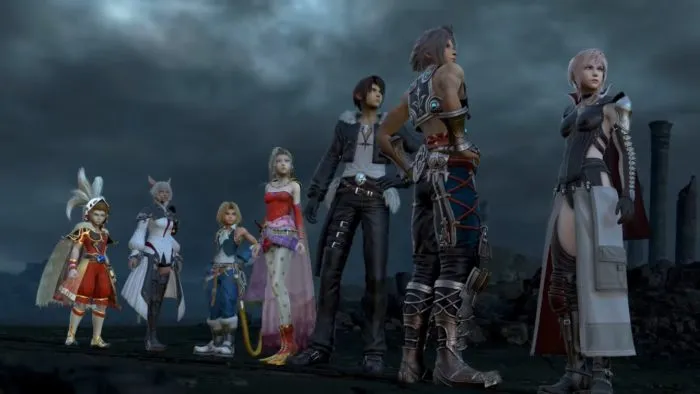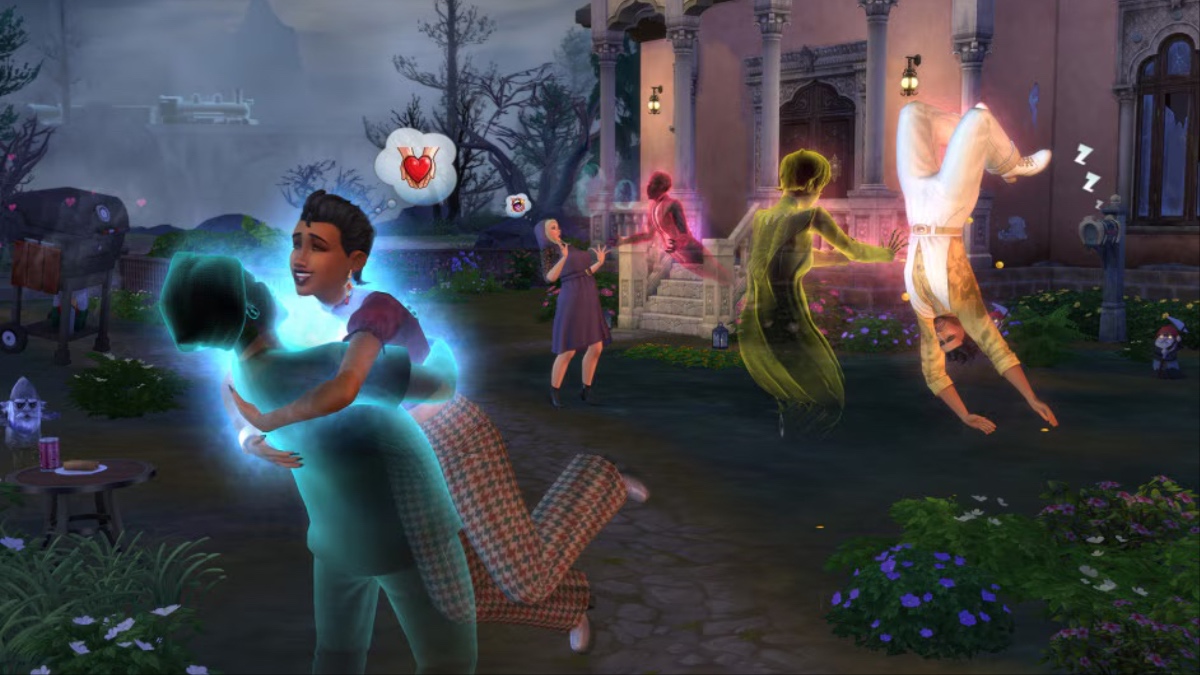The Dissidia series is an absolute dream for fans of any big video games series. Bring famous heroes and villains from across the franchise to duke it out in an over-the-top fighting game, what more could you want? Especially for Final Fantasy, this idea struck gold, as fans deeply care about these characters and have attachments to them. Square Enix went above and beyond with the original Dissidia games, however, providing a fleshed out story mode on top of plenty of battles to partake in. Unfortunately, the story mode featured in Dissidia NT pales in comparison to previous titles, and even though it tries some interesting ideas most of it falls flat.
Now don’t get me wrong, the story mode in Dissidia never was known for telling the deepest or most compelling of stories. However, they did have a lot of charming moments of interaction between these iconic characters, and it was fun seeing how characters like Cloud, Squall, and Bartz played off of each other. At the same time, the single-player modes were fairly lengthy experiences that featured optional objectives, treasure to discover, multiple plotlines, and in the case of Dissidia 012 a world map to explore.
Of course, when Dissidia made the jump to Japanese arcades in 2015, this completely cut out all aspects of the single-player campaign. That all changed with NT, but the story mode featured in the game isn’t your typical one, and it features some really strange design decisions. The game’s story displays a grid consisting of different cutscenes or battles on each node. To unlock a node you need to use a resource known as Memoria, which you can only get through raising your player rank in the game.
While the story mode is relatively short, clocking in around two to three hours of playtime overall, that time is incredibly drawn out due to the way it’s designed. Inevitably if you want to play the story mode you’re going to need to grind out Memoria either online or in the offline Gauntlet Mode. That makes for some truly awful pacing if you’re playing it piece by piece unless you want to wait hours before starting it and hoard Memoria.

It’s a poor design choice, and I found myself completely baffled by it when playing Dissidia NT. Yes, the purpose is to elongate player’s time with the game and make the story feel more substantial time-wise, but surely there was a better way to implement that? The issue is only compounded by the fact that the narrative doesn’t actually go anywhere. Chronologically it actually takes place after Dissidia 012, with two Gods named Spiritus and Materia calling the warriors to their world to do battle. Outside of the opening and closing cutscenes, Materia and Spiritus do literally nothing, and most of the cinematics involve characters just walking to places. By far the best part of the story is seeing the heroes split up into different groups, and seeing how each of these pairings play out.
There are some fun interactions that take place between these characters, and I particularly enjoyed how hilariously out of place Noctis looked next to the Warrior of Light and Cecil. However, there just isn’t enough there. These characters only get to travel together on a surface level with a few quick cutscenes, and there’s not really any substantial development that happens. All of these characters have been fleshed out in their own respective games, of course, but it would have been more interesting to see how these relationships play out. Additionally, some characters get barely any screen time, such as Squall and Lightning, while others like Noctis and Zidane get more than their fair share.
The pacing and shallow story aren’t its only problems. During the single-player offering, players fight each of the summons in the game as a boss battle. In these battles, you’re charged with controlling one character while the AI handles your teammates. There are two big frustrations at work here: the extremely narrow window you have to launch an attack and the sheer incompetence of your AI teammates.
These bosses use huge attacks that can absolutely cripple you, and you have three lives in each battle before you lose. For the most part, you can deal with their HP attacks that do actual HP damage to you, but there were times that I found bosses just spamming their HP attacks over and over. This made it almost impossible to dodge, like in the Leviathan battle when the boss used Tidal Wave six times in a row, a move that takes up nearly half of the arena.

The bigger issue, however, is that the game in no way tells you that you need to level up your AI teammates. Every character has an offline rank that determines the skill of the AI on your team when playing story or gauntlet mode. It’s almost impossible to take on any summon battle without having teammates with a rank of at least Platinum, as they rush right in and get destroyed by the boss at lower ranks. You might have guessed that, yes, this requires even more tedious grinding to raise character’s offline ranks. So not only do you get hit by the hurdle of needing Memoria, but oftentimes you just won’t be able to beat one of the bosses until you’ve raised the offline rank. That just isn’t fun.
Once you have a decent party these summons battles can actually be a blast, but they’re horrendously frustrating when you don’t, especially if you don’t really know about offline rank and don’t have a clear way forward. In concept, the idea of facing down summons with a party of Final Fantasy heroes is more than appealing, but the execution really should have been better in Dissidia NT.
You might have been able to tell so far that all of this is leading to one conclusion, the story mode in Dissidia NT feels incredibly tacked on. It’s not entirely surprising as this is a multiplayer fighter that’s very focused on that multiplayer aspect, but it’s still a game that bears the Final Fantasy pedigree. Past Dissidia games may not have been grand single-player adventures, but their story modes were fun and varied, fleshing out how these famous characters interact with each other. Dissidia NT only touches on that in the briefest of ways, and it’s really disappointing to see it happen that way.
I’d be willing to overlook the difficulty and storytelling ideas more if Square Enix just hadn’t implemented a resource system for unlocking the story. It’s by far the worst transgression the game makes and really makes the story mode a slog that ultimately doesn’t give you much payoff, outside of one fantastic CG cutscene near the end. The core combat of Dissidia NT is an absolute blast, but there’s not much incentive to pick the game up only for single player. Still, what’s there is a start and hopefully, we might see Square improve it with either DLC or the next entry in the Dissidia series.






Published: Feb 9, 2018 10:00 am